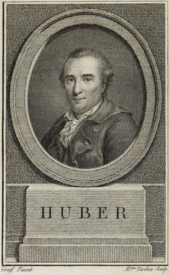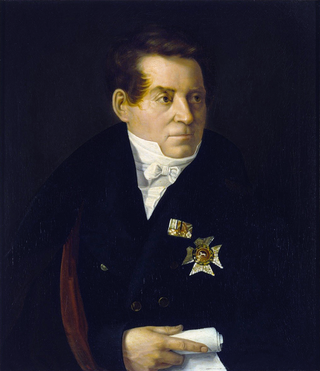
August WilhelmSchlegel, usually cited as August Schlegel, was a German Indologist, poet, translator and critic, and with his brother Friedrich Schlegel the leading influence within Jena Romanticism. His translations of Shakespeare turned the English dramatist's works into German classics. Schlegel was also the professor of Sanskrit in Continental Europe and produced a translation of the Bhagavad Gita.

Johann Joachim Winckelmann was a German art historian and archaeologist. He was a pioneering Hellenist who first articulated the differences between Greek, Greco-Roman and Roman art. "The prophet and founding hero of modern archaeology", Winckelmann was one of the founders of scientific archaeology and first applied the categories of style on a large, systematic basis to the history of art. Many consider him the father of the discipline of art history. He was one of the first to separate Greek Art into periods, and time classifications.
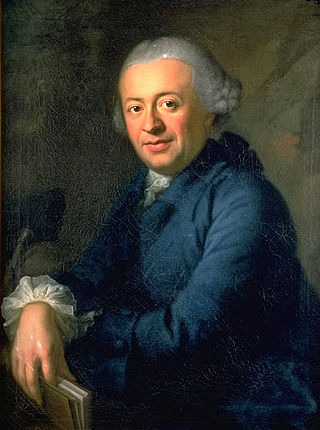
Salomon Gessner was a Swiss painter, graphic artist, government official, newspaper publisher, and poet, best known in the latter instance for his Idylls. He was a co-founder of the Helvetic Society and the first publisher and editor of the Neue Zürcher Zeitung.

Adam Friedrich Oeser was a German etcher, painter and sculptor.
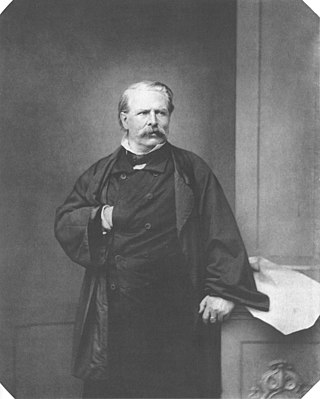
Moritz von Schwind was an Austrian painter, born in Vienna. Schwind's genius was lyrical—he drew inspiration from chivalry, folklore, and the songs of the people. Schwind died in Pöcking in Bavaria, and was buried in the Alter Südfriedhof in Munich.

Philipp Otto Runge was a German artist, draftsman, painter, and color theorist. Runge and Caspar David Friedrich are often regarded as the leading painters of the German Romantic movement. He is frequently compared with William Blake by art historians, although Runge's short ten-year career is not easy to equate to Blake's career. By all accounts he had a brilliant mind and was well versed in the literature and philosophy of his time. He was a prolific letter writer and maintained correspondences and friendships with contemporaries such as Carl Ludwig Heinrich Berger, Caspar David Friedrich, Johann Wolfgang von Goethe, Friedrich Wilhelm Joseph Schelling, Henrik Steffens, and Ludwig Tieck. His paintings are often laden symbolism and allegories. For eight years he planned and refined his seminal project, Tageszeiten, four monumental paintings 50 square meters each, which in turn were only part of a larger collaborative Gesamtkunstwerk that was to include poetry, music, and architecture, but remained unrealized at the time of his death. With it he aspired to abandon the traditional iconography of Christianity in European art and find a new expression for spiritual values through symbolism in landscapes. One historian stated "In Runge's painting we are clearly dealing with the attempt to present contemporary philosophy in art." He wrote an influential volume on color theory in 1808, Sphere of Colors, that was published the same year he died.

Ludwig Ferdinand Huber or Louis Ferdinand Huber was a German translator, diplomat, playwright, literary critic, and journalist. Born in Paris, Huber was the son of the Bavarian-born writer and translator Michael Huber and his French wife Anna Louise, née l'Epine. He grew up bilingual in French and German after his parents moved to Leipzig when he was two years old. He lacked a classical education but read voraciously and was well versed in modern languages, and started publishing translations from French and English at an early age. He also translated plays that were performed in theatres all over Germany. In the early 1780s, Huber became friends with the jurist Christian Gottfried Körner, his fiancée Minna Stock, and her older sister Dora Stock, whom he later promised to marry. Together, the friends wrote in admiration to the poet Friedrich Schiller and successfully invited him to come to Leipzig. Körner and Minna were married in 1785 and lived in Dresden, where they were joined by Dora, Schiller, and finally Huber, who shared a house with Schiller.
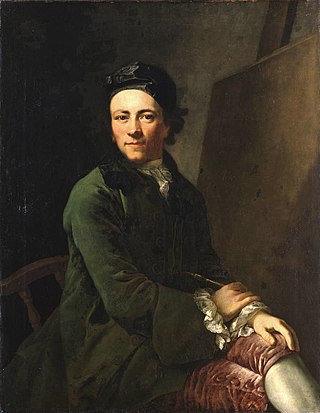
Anton Graff was an eminent Swiss portrait artist. Among his famous subjects were Friedrich Schiller, Christoph Willibald Gluck, Heinrich von Kleist, Frederick the Great, Friederike Sophie Seyler, Johann Gottfried Herder, Gotthold Ephraim Lessing, Moses Mendelssohn and Christian Felix Weiße. His pupils included Emma Körner, Philipp Otto Runge and Karl Ludwig Kaaz.

Johann Wolfgang von Goethe was a German polymath and writer, who is widely regarded as the greatest and most influential writer in the German language. His work has had a profound and wide-ranging influence on Western literary, political, and philosophical thought from the late 18th century to the present day. Goethe was a German poet, playwright, novelist, scientist, statesman, theatre director, and critic. His works include plays, poetry and aesthetic criticism, as well as treatises on botany, anatomy, and color.
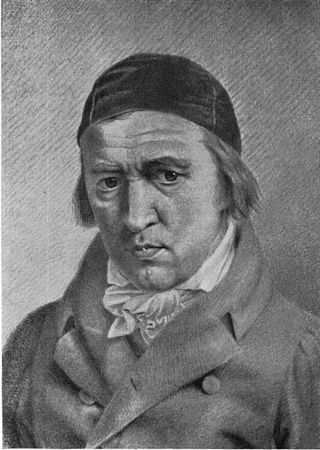
Johann Heinrich Meyer was a Swiss painter, engraver and art critic. He served as the second Director of the Weimar Princely Free Drawing School. A close associate of Johann Wolfgang von Goethe, he was often referred to as "Goethemeyer".

Ludwig Hess was a Swiss landscape painter and engraver.
Benjamin Calau (1724–1785) was a German portrait painter, who used an encaustic technique.

Johann Leonhard Raab was a German printmaker and painter.
Karoline von Woltmann, née Stosch was a German author who also wrote under the pseudonym Luise Berg. She was regarded by her contemporaries as "the German Genlis".

The Morgenblatt für gebildete Stände was a German cultural and literary journal that existed from 1807 to 1865. It appeared daily until 1851, when it was changed to a weekly journal. The Morgenblatt was published by Cotta in Tübingen and later in Stuttgart, and was the most important German literary and cultural journal of its time.

Karl Ludwig Kaaz, or Katz was a German painter, known primarily for his landscapes.

Christian Ludwig von Hagedorn was a German art historian and collector, as well as an amateur engraver. He also served as a diplomat. His elder brother, Friedrich, was a well known poet.

Marie Therese Forster was a German educator, writer, correspondent and editor. Born in Vilnius in the Polish–Lithuanian Commonwealth to Georg Forster and his wife Therese, she spent her early childhood in Mainz. Her father was active in the revolutionary Republic of Mainz, and she and her mother fled the city in late 1792. After her father's death, she was raised by her mother and stepfather Ludwig Ferdinand Huber. From 1801 to 1805, Forster lived with Dutch-Swiss writer Isabelle de Charrière and collaborated with her on an epistolary novel. Until 1826, she worked as a teacher and educator, first at Philipp Emanuel von Fellenberg's school in Hofwil and then for several upper-class families. After her mother's 1829 death, she lived with family and educated her nieces and nephews. From 1840, she collaborated with Georg Gottfried Gervinus on the first complete edition of her father's works, which were published by Brockhaus in 1843. Therese Forster spent her later years with her niece and died in Albisheim aged 75.

Clara von Greyerz was a German papercutting artist. She was born in Mainz, the daughter of world traveller Georg Forster and his wife Therese. Her father became a revolutionary in the Republic of Mainz from 1792 until his death in 1794, while her mother lived in the Neuchâtel area with her lover and eventual husband Ludwig Ferdinand Huber. The family moved to Tübingen, Stuttgart and Ulm, where her stepfather died in December 1804, when she was already engaged to the forester Gottlieb von Greyerz. They married in 1805, living in Stoffenried, Günzburg, Augsburg and Bayreuth, and had ten children between 1806 and 1832. In Augsburg, von Greyerz became acquainted with Hortense de Beauharnais, and her children played with Hortense's son, the future Napoleon III of France. Von Greyerz was known for her papercuts, some of which she swapped with fellow artist Luise Duttenhofer. In 1836, she visited Hortense at Arenenberg and published a report of her experiences there.

Baron Ernest Albert von Hügel, was a Royal Württemberg Chamberlain and Royal Cavalry Captain who was Lord of Eschenau.
